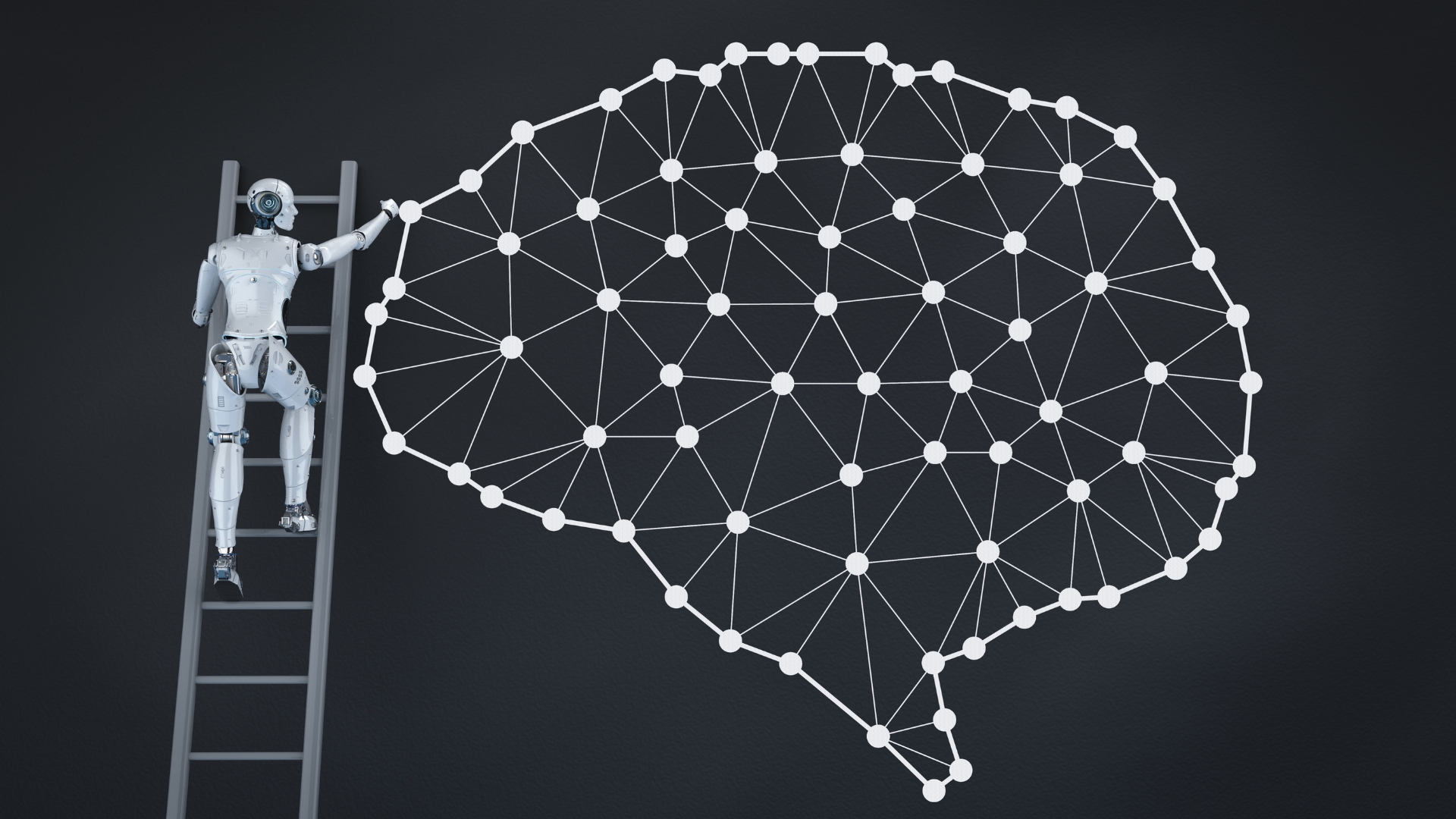
Brain Connectivity Can Build Better AI
Researchers are using new brain imaging technology to understand better how our brains work. By helping scientists understand how our brain connectivity changes as our cognitive abilities develop, researchers hope to train artificial intelligence (AI) and build smarter AI in the future.
Brain-computer interfaces sound like science fiction, but they’re already being used to help patients control robotic arms, muscles, and prosthetic devices. These interfaces, which range from simple electrodes and sensors to highly invasive implanted electrodes, are designed to pick up electrical activity in the brain. The electroencephalogram (EEG), which measures voltage fluctuations from up to 100,000 neurons simultaneously and is a well-established and relatively inexpensive technology for studying brain activity, is an important tool for BCIs.
Engineers and researchers developing artificial intelligence have long wrestled with a fundamental truth: how to train computers to perform tasks by rewarding them when they do what they’re supposed to. However, getting machines to learn using real data has long been a major challenge. As it turns out, the brain may be the best place to look for inspiration. That’s because the human brain—especially the frontal cortex—has evolved to reward specific behaviours.
The human brain has billions of neurons that work in tandem, creating incredible processing power. Brain implants, which send signals to faulty circuits, are already in use to treat patients with Parkinson’s disease. But a new experiment takes this research even further. After analyzing brain scans from 1,000 people, researchers developed AI algorithms that can predict a person’s intelligence from brain scans alone. These AI algorithms could even predict the subject’s nationality.
Artificial intelligence will only continue to power the future. Many experts predict this, and it’s already happening. As manmade machine intelligence continues to advance, so will our technology. However, to evolve properly, more “brain-like” AI is needed.
How Can Neuroscience Help AI?
I’ve been covering advancements in artificial intelligence, or AI, which sounds futuristic, but AI is actually all around us. It’s in your phone, constantly crunching numbers and predictions as you swipe. It’s in the self-checkout kiosk at the grocery store. It’s in countless chatbots that help arrange travel plans and order delivery dinners. But AI’s reach is expanding into more industries, including health care.
Is it possible for artificial intelligence, or AI, to improve itself? Some experts say yes, and argue that neuroscience is the best way to manage the evolution of AI. On the other hand, some AI experts argue the opposite and say that the rise of artificial intelligence requires a profound shift in how we think about computers, especially the concept of self or self-awareness.
How Can AI Help Better Understand the Brain?
The brain’s complexity is staggering, but developing effective treatments for brain disorders has proven difficult largely due to the brain’s extremely complex structure. However, recent advances in machine learning, a technology that uses data to train the software, are helping neuroscientists better understand how the brain operates.
AI and machine learning have incredible potential to help us understand the brain. Neuroscience is at the forefront of technology. One need looks no further than the explosion of smartphones and mobile health as proof of this.
Most people can agree that the human brain is an extremely complex machine. Researching and understanding the human brain is complex in and of itself, but finding a way to interpret and translate its functions into something that can easily be understood is like trying to solve the riddle of how the universe began.
How Is AI Related to Human Brain?
The human brain remains a largely unsolved mystery. Although researchers have made great progress, the degree to which the brain is a biological computing device is still being debated.
Artificial Intelligence (AI) is a computing field focused on creating intelligent machines that work and react like humans. Artificial intelligence is all around us and helps us in our daily lives. AI includes everything from self-driving cars to Siri and Alexa. But how does this relate to the human brain?
We often think of the human brain as a machine, but that may not be the best way to think about how it functions. Machines mostly use electricity —that’s what makes your keyboard, computer, and phone do what they do. Just like buildings need electricity to run, a part of your brain called the cerebrum also uses electricity to do its job. So, in that sense, the cerebrum is a machine. But a unique feature about the cerebrum differentiates it from all other machines, even other electronic machines. The cerebrum is the only one that can learn.
Scientists are developing a new computing type similar to the human brain. Neural devices use brain-like networks of interconnected neurons to process information. Brain-inspired computing might be more efficient, but it’s unclear whether it will be powerful enough to handle complex real-world tasks.

Comments (0)